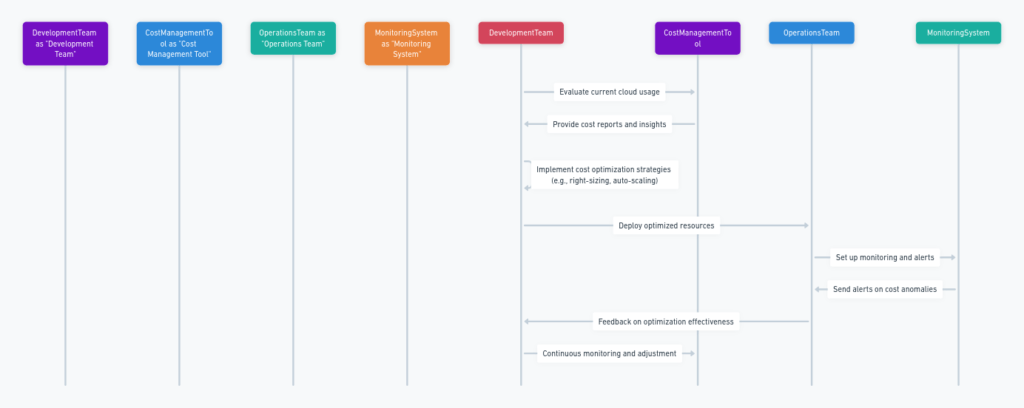In the ever-evolving landscape of technology, the concept of cloud computing has become a cornerstone for businesses and developers alike. However, as the reliance on cloud services grows, so does the need for effective cloud cost optimization strategies. This is where the art of development intersects with the science of cost management, creating a harmonious balance between performance and expenditure.

Understanding Cloud Cost Optimization in Development
Cloud cost optimization is the process of reducing your overall cloud spending by identifying mismanaged resources, eliminating waste, right-sizing computing services to scale, and understanding pricing models. In the realm of development, this involves a proactive approach to designing, deploying, and managing applications in a way that minimizes costs while maximizing value.
Key Strategies for Cloud Cost Optimization
- Right-Sizing Resources: It’s crucial to match your cloud service’s capacity with the demand. Over-provisioning leads to unnecessary costs, while under-provisioning can hinder performance. Regularly analyze and adjust your resources to ensure they are appropriately scaled.
- Choosing the Right Pricing Model: Cloud providers offer various pricing models such as pay-as-you-go, reserved instances, and spot instances. Understanding and selecting the right model can significantly reduce costs.
- Effective Use of Autoscaling: Implement autoscaling to adjust resources automatically in response to changing demand. This not only improves efficiency but also reduces costs by ensuring you only pay for what you use.
- Monitoring and Reporting: Continuous monitoring of cloud usage and costs is vital. Use cloud cost management tools to gain insights into where and how resources are being used, and where savings can be made.
- Optimizing Storage Costs: Data storage can be a significant expense. Optimize costs by choosing the right storage solutions and regularly cleaning up old or unnecessary data.
- Implementing Cloud Governance: Establishing a set of policies and procedures for cloud usage can prevent unnecessary expenditure. This includes setting up budgets, monitoring compliance, and enforcing cost-effective practices.
The Role of Developers in Cloud Cost Optimization
Developers play a pivotal role in cloud cost optimization. The decisions made during the development process can have a lasting impact on operational costs. Here are some ways developers can contribute:
- Incorporating Cost-Aware Practices: Developers should be aware of the cost implications of their design and coding decisions. This includes selecting cost-effective resources and services, and writing efficient code.
- Utilizing Cost-Effective Architectures: Embrace architectures like serverless or microservices, which can be more cost-effective than traditional monolithic architectures.
- Automating Cost Optimization: Implement automation in the deployment and scaling of applications. This reduces the need for manual intervention and helps in maintaining an optimized cost structure.
- Staying Updated with Cloud Innovations: Cloud technologies are constantly evolving. Keeping abreast of the latest trends and features can help in leveraging new, more cost-effective solutions.